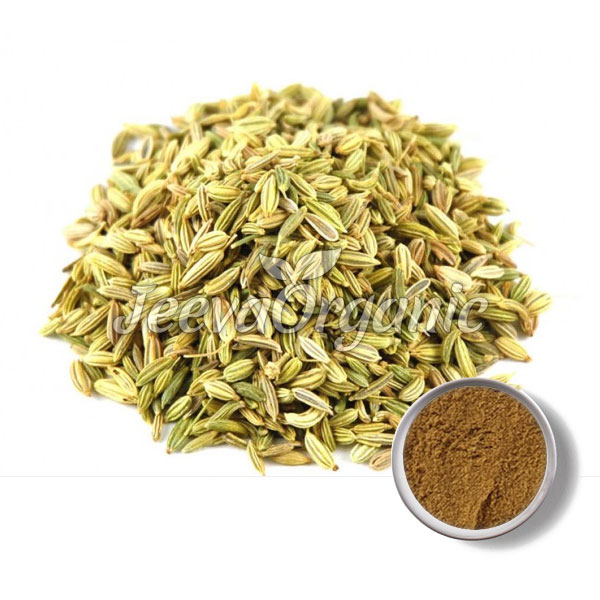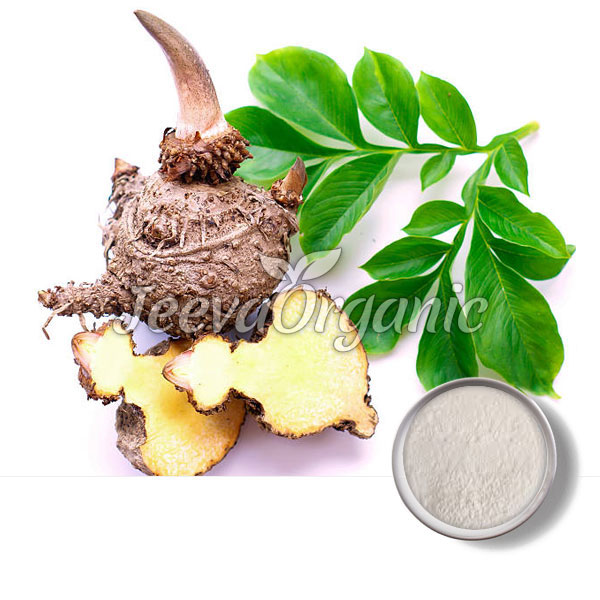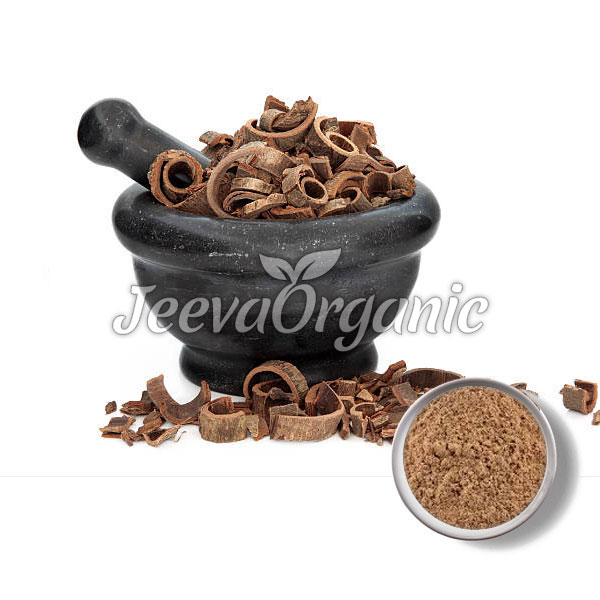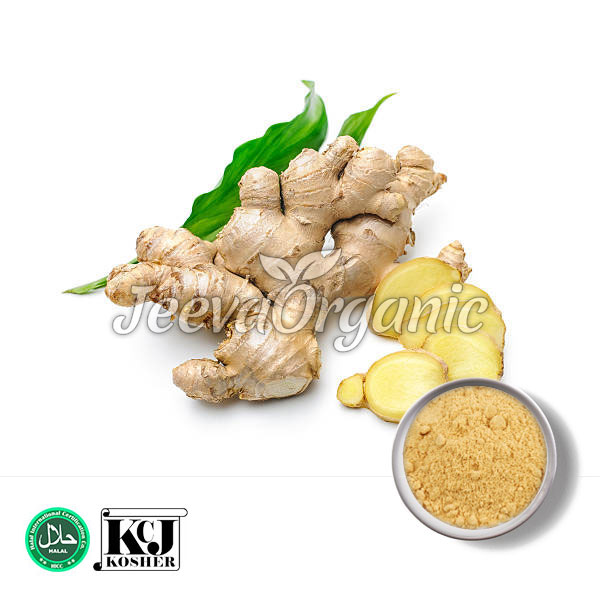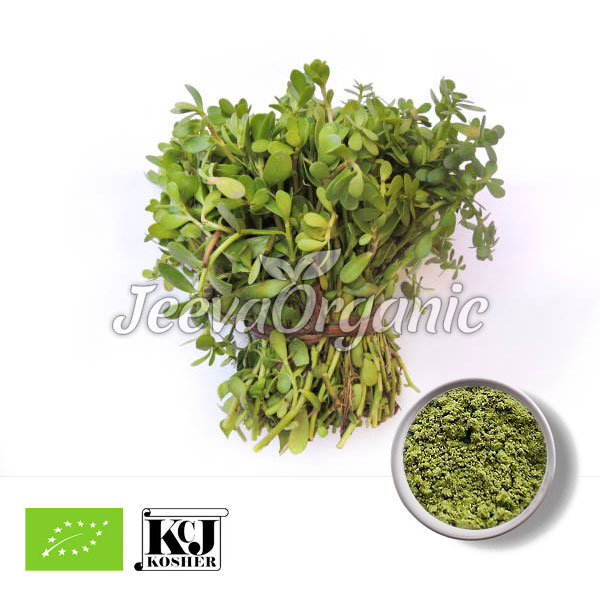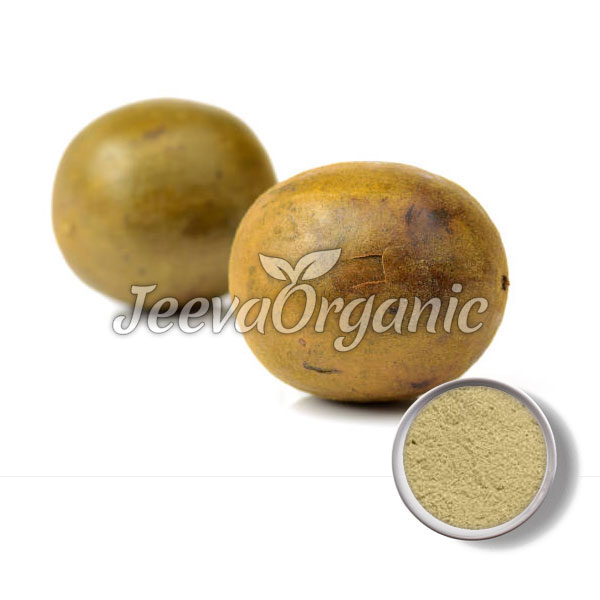- 1. What is the biological source of Fennel?The biological source of Fennel is Foeniculum vulgare.
- 2. What is the identification method used in Fennel Seed Extract Powder 10:1?The identification method used in Fennel Seed Extract Powder 10:1 is TLC.
- 3. What are the other names of Fennel?Fennel is also known as large fennel, sweet fennel, wild fennel, bitter fennel and garden fennel.
- 4. What are the nutrients present in Fennel Seed?The nutrients present in Fennel Seed include vitamin C, vitamin A, vitamin K, vitamin E, vitamin B6, thiamine B1, niacin B3, folate, calcium, iron, magnesium, and potassium.
- 5. Is loss on drying & moisture content same?No, both are different. Loss on drying is determined by heating the sample below its melting point in an oven and it includes all volatile matter including water content and solvents. On the other hand, water content is determined by Karl Fischer titration method, and it consists of only water i.e. moisture content.
- 6. What is mesh size? And what is the mesh size of this product?Also known as sieve size, mesh size is a measurement of particle size. It is basically the number of openings in one square inch of a screen.
- 7. Is this Fennel Seed extract powder GMO-free?Yes, this Fennel Seed extract powder provided by us is GMO-free. As GMOs are dangerous for health, we do not accept products from the facilities where GMOs are manufactured, processed, or produced.
- 8. What does the ash value in Fennel Seed extract powder represent?Ash value is the residue remaining after the incineration of the drug or plant part. It represents the number of inorganic salts naturally occurring in the ingredient and adhering to it. Ash value greater than 10% is an indicator of the addition of inorganic metal salts in the product.
Fennel Seed Extract Powder 10:1
Botanical Name: Foeniculum vulgare
Plant Part Used: Seeds
Processing Method: Extraction
Fennel is a perennial herb part of the Apiaceae family or the carrot family. It originated in the Mediterranean but slowly distributed across various countries in Europe and the Middle East. The seeds are used as a spice in curries and stews. Its extract is added to tea and honey to relieve discomfort due to cough or stomach pain. Minerals like magnesium and calcium help to improve heart health.

